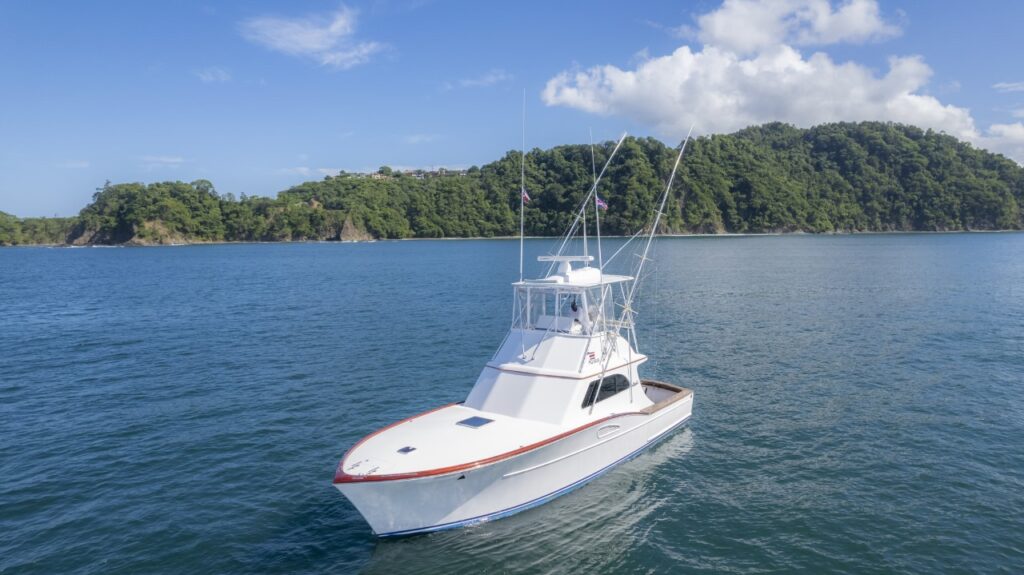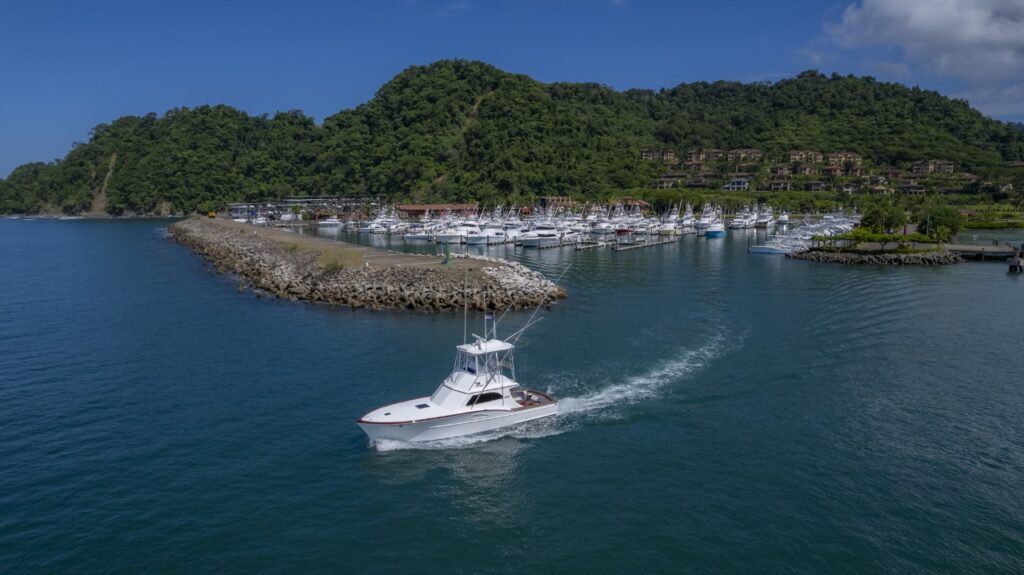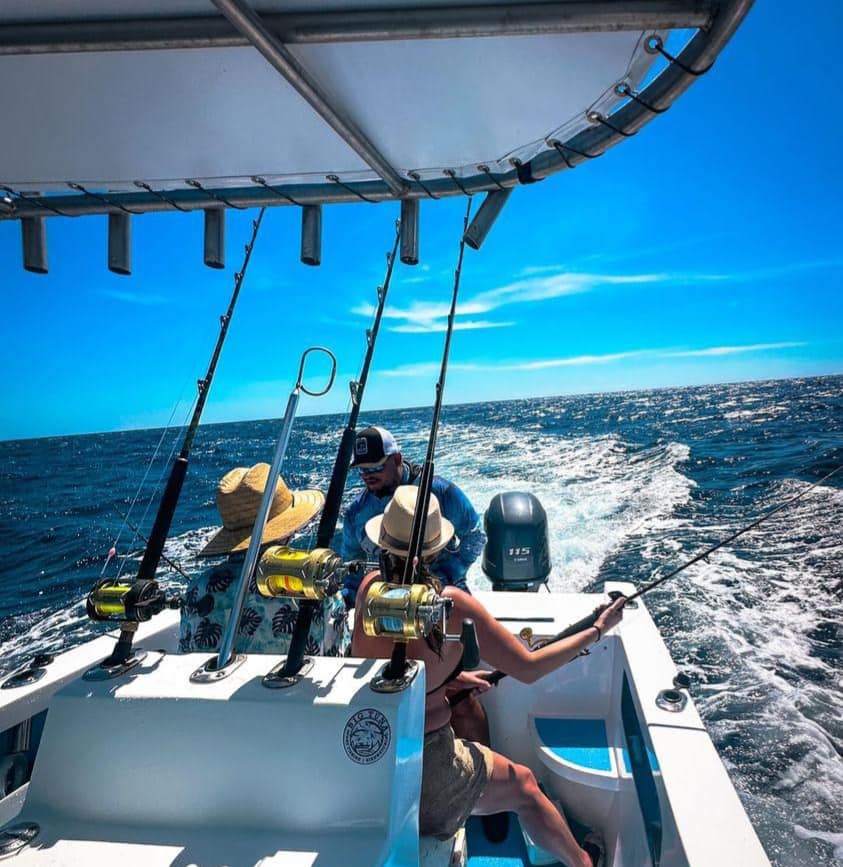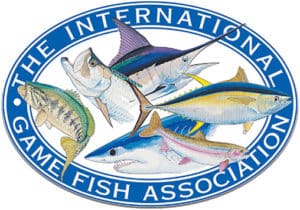Costa Rica, a gem nestled between the Pacific Ocean and the Caribbean Sea, is a paradise for anglers. The promise of reeling in a feisty snapper, the thrill of a tarpon battle, or the pursuit of the elusive marlin draws fishing enthusiasts from around the globe. However, the success of these expeditions is often at the mercy of the weather. Understanding the Weather Forecast for Fishing in Costa Rica is not just about deciding whether to don sunscreen or a raincoat; it’s about comprehending the intricate dance between the elements and the aquatic life beneath the waves.
Costa Rica’s diverse coastal regions, from Tamarindo’s vibrant waters to Los Suenos’ deep-sea treasures, each present unique meteorological patterns that influence fish behavior. Whether you’re planning to cast your line in the serene bays of Papagayo or navigate the swells of Jaco, a keen eye on the weather can mean the difference between a bountiful catch and a story about the one that got away.



This comprehensive guide delves into the climatic factors that govern fishing conditions across Costa Rica’s popular angling destinations. By examining wind patterns, seasonal changes, and oceanic phenomena, we equip you with the knowledge to make informed decisions and enhance your fishing experience. So, let’s set sail into the heart of Costa Rica’s fishing climate to ensure that your next trip is both enjoyable and fruitful.
Wind Patterns and Fishing Success in Costa Rica
The wind is a critical factor when it comes to fishing in Costa Rica. Not only does it affect the surface conditions, making it challenging to steer your vessel, but it also plays a pivotal role in the distribution of baitfish, which in turn influences the presence of larger predatory species. In areas like Flamingo and Tamarindo, the Papagayo Winds, which blow from December to April, can create choppy waters but also lead to upwelling events that bring nutrient-rich waters to the surface, attracting a plethora of marine life.
Conversely, during the rainy season, from May to November, winds tend to be calmer, especially in the mornings, providing ideal conditions for inshore fishing. Locations such as Quepos and Nosara become hotspots for roosterfish, snook, and other inshore species. Anglers in these regions must pay close attention to wind forecasts, as sudden gusts can alter their fishing plans.
It’s essential to understand the local wind patterns and how they interact with the coastline’s geography. For instance, El Coco and Santa Teresa might experience different wind effects due to their orientation and topography. By staying informed about the wind conditions, you can choose the best times and locations for your fishing expeditions.
Seasonal Swells and Their Impact on Fishing
Costa Rica’s two oceans bring a variety of swells that can affect fishing conditions. The Pacific coast, with its renowned surf spots like Jaco and Santa Teresa, experiences significant swells that can impact offshore fishing. During the dry season, from December to April, the swells are generally smaller, making it an optimal time for targeting pelagic species like marlin, sailfish, and dorado.
Understanding the seasonal patterns of swells is crucial for planning your fishing trips. By monitoring surf forecasts and historical swell data, you can predict the best times to head out to sea. Moreover, knowing when to expect larger swells can help you prepare adequately, ensuring safety and increasing the likelihood of a successful catch.
Temperature Variations and Fish Behavior
Water temperature is another vital component of the Weather Forecast for Fishing in Costa Rica. Temperature fluctuations can significantly affect fish behavior, with certain species being more active in warmer waters and others preferring cooler temperatures. For instance, the warm currents that flow into the Pacific coast during the dry season attract a variety of game fish, making locations like Los Suenos and Quepos ideal for catching sailfish and marlin.
In contrast, during the wet season, cooler waters may push some species into deeper waters or different regions altogether. This is why it’s important to keep track of sea surface temperature charts and anomalies, as they can provide valuable clues about where to find specific fish species. Additionally, temperature changes can lead to the formation of thermal clines, which can concentrate baitfish and create hotspots for predators.
By staying informed about the water temperatures in your preferred fishing locations, you can better target the species you’re after. Whether you’re seeking the warmth-loving yellowfin tuna or the cooler-water snapper, temperature insights can greatly enhance your strategy.
Weather Systems and Fishing Forecasts
Costa Rica’s unique geographical position means it’s subject to various weather systems, including tropical waves, low-pressure areas, and, occasionally, hurricanes. These systems can bring about rapid changes in weather conditions, affecting visibility, sea state, and fish behavior. For instance, the passing of a tropical wave can stir up the water column, making it difficult to spot fish but also potentially triggering a feeding frenzy.
Staying ahead of these weather systems by regularly checking fishing forecasts and satellite imagery can help you plan your trips around these events. In locations like Nosara and Samara, which are more exposed to the Caribbean weather patterns, being aware of the forecast can be the key to a successful outing. Similarly, understanding the impact of these systems on the fishing environment can help you adapt your techniques and tackle to match the conditions.
By incorporating weather system data into your fishing strategy, you can avoid potential hazards and capitalize on the opportunities that arise from these dynamic conditions. This proactive approach ensures that you’re always one step ahead, ready to cast your line when the conditions are just right.
Conclusion: Crafting Your Costa Rica Fishing Adventure
In conclusion, the Weather Forecast for Fishing in Costa Rica is an indispensable tool for any angler looking to conquer the bountiful waters of this tropical paradise. By understanding the nuances of wind patterns, seasonal swells, temperature variations, and weather systems, you can craft a fishing adventure that is both safe and successful. Whether you’re chasing the elusive billfish offshore or engaging in a battle of wits with inshore species, the insights provided in this guide will help you navigate Costa Rica’s diverse fishing landscape with confidence.
Remember, the key to a memorable fishing trip is not just about the catch; it’s about the experience. With the right preparation and knowledge of Costa Rica’s weather patterns, your next fishing expedition is sure to be an exhilarating journey that you’ll cherish for years to come. So, gather your gear, check the forecast, and embark on your next angling adventure in the rich waters of Costa Rica.




